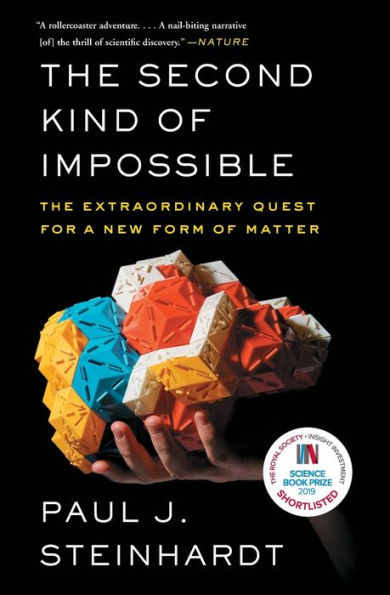5
1

The Second Kind of Impossible: The Extraordinary Quest for a New Form of Matter
400
The Second Kind of Impossible: The Extraordinary Quest for a New Form of Matter
400Paperback(Reprint)
$19.99
19.99
In Stock

Product Details
| ISBN-13: | 9781476729930 |
|---|---|
| Publisher: | Simon & Schuster |
| Publication date: | 01/07/2020 |
| Edition description: | Reprint |
| Pages: | 400 |
| Sales rank: | 396,885 |
| Product dimensions: | 5.40(w) x 8.10(h) x 1.10(d) |
About the Author
From the B&N Reads Blog
